Finding designer to update 20-year old community landscape
patiomaiden
16 years ago
Related Stories

UNIVERSAL DESIGNMy Houzz: Universal Design Helps an 8-Year-Old Feel at Home
An innovative sensory room, wide doors and hallways, and other thoughtful design moves make this Canadian home work for the whole family
Full Story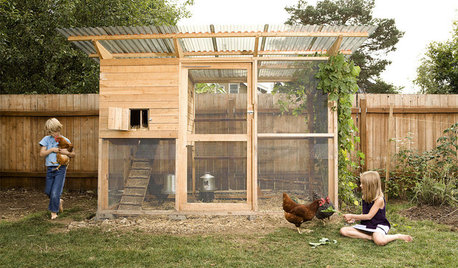
PRODUCT PICKSGuest Picks: 20 Finds to Cluck About
If you have or love chickens, you’ll flock to these coops, themed accessories, artwork and more
Full Story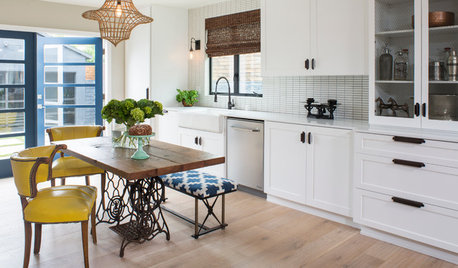
KITCHEN DESIGNGet Ideas From This Year’s Top 20 Kitchen Tours
Smart storage, functionality for cooks and families, vintage touches and lots of personality mark your favorites of 2015
Full Story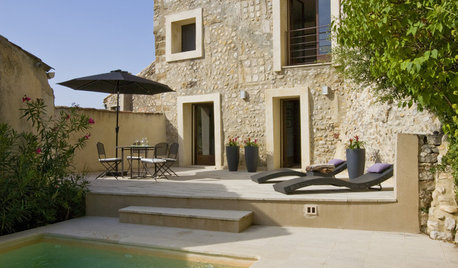
MODERN HOMESHouzz Tour: 800-Year-Old Walls, Modern Interiors in Provence
Old architecture and new additions mix beautifully in a luxurious renovated vacation home
Full Story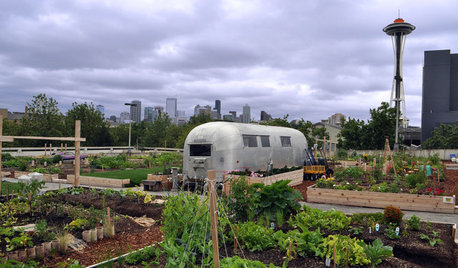
URBAN GARDENSCommunity Thrives Along With a Garage-Top Garden
Seattle neighbors join forces to create a large-scale community garden atop an old parking structure
Full Story
BASEMENTSRoom of the Day: Swank Basement Redo for a 100-Year-Old Row House
A downtown Knoxville basement goes from low-ceilinged cave to welcoming guest retreat
Full Story
HOUZZ TOURSMy Houzz: An Artistic Life Fills a 150-Year-Old Home
A gorgeous courtyard, eclectic style and original details shine in a Paris-born artist's beachside rental
Full Story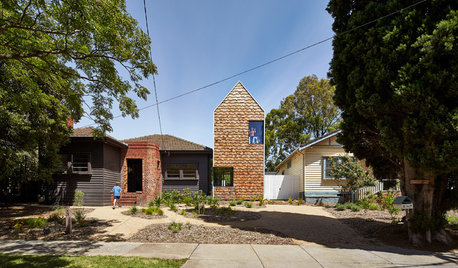
MOST POPULARHouzz Tour: A Playful Home Drawn Up by 8-Year-Old Twins
Plans for this innovative tower home in Melbourne were going nowhere — until the homeowners’ twins came to the rescue
Full Story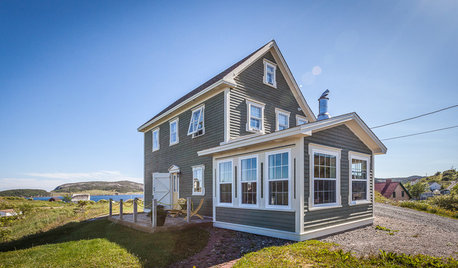
VACATION HOMESMy Houzz: Saltbox Charm in a Heritage Fishing Community
This rustic home and art studio in a 16th-century waterfront town blend in while showing personal style
Full Story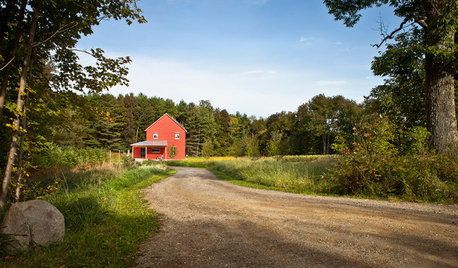
THE ART OF ARCHITECTUREFinding the Perfect Home for a New House
Sun, soil, water, topography and more offer important cues to siting your house on the land
Full Story





watergal
patiomaidenOriginal Author
Related Professionals
Ashland Landscape Architects & Landscape Designers · Norton Shores Landscape Architects & Landscape Designers · Rancho Cordova Landscape Architects & Landscape Designers · Brentwood Landscape Contractors · Edmond Landscape Contractors · Fridley Landscape Contractors · Holland Landscape Contractors · Live Oak Landscape Contractors · Mendota Heights Landscape Contractors · Rockwall Landscape Contractors · Stony Brook Landscape Contractors · Winchester Landscape Contractors · Hueytown Landscape Contractors · Vienna Handyman · Alameda Driveway Installation & Maintenancerhizo_1 (North AL) zone 7
marcinde
lnscapr
laag
Embothrium
laag
katycopsey
laag
patiomaidenOriginal Author
laurabs
laag
txjenny
laag
WendyB 5A/MA
laag